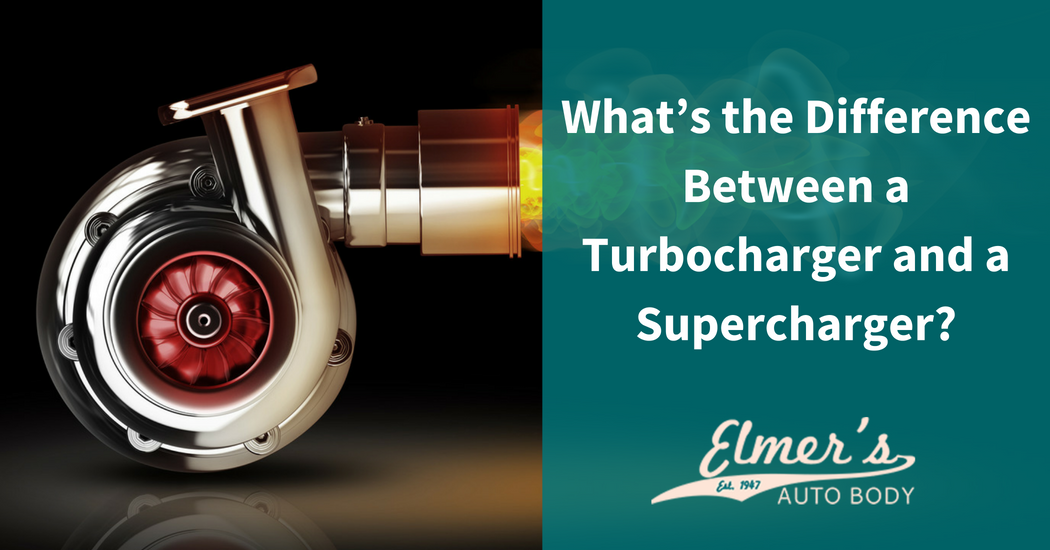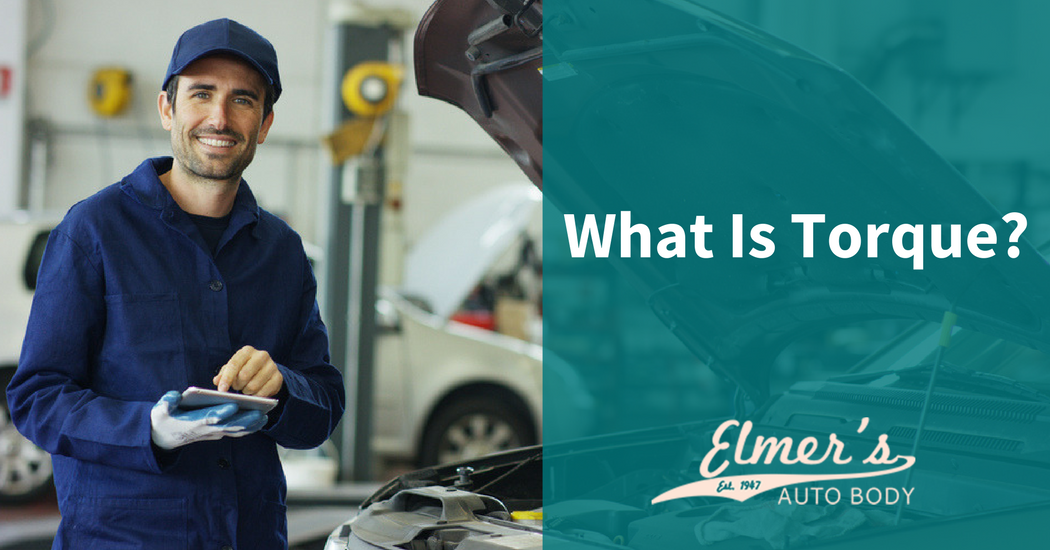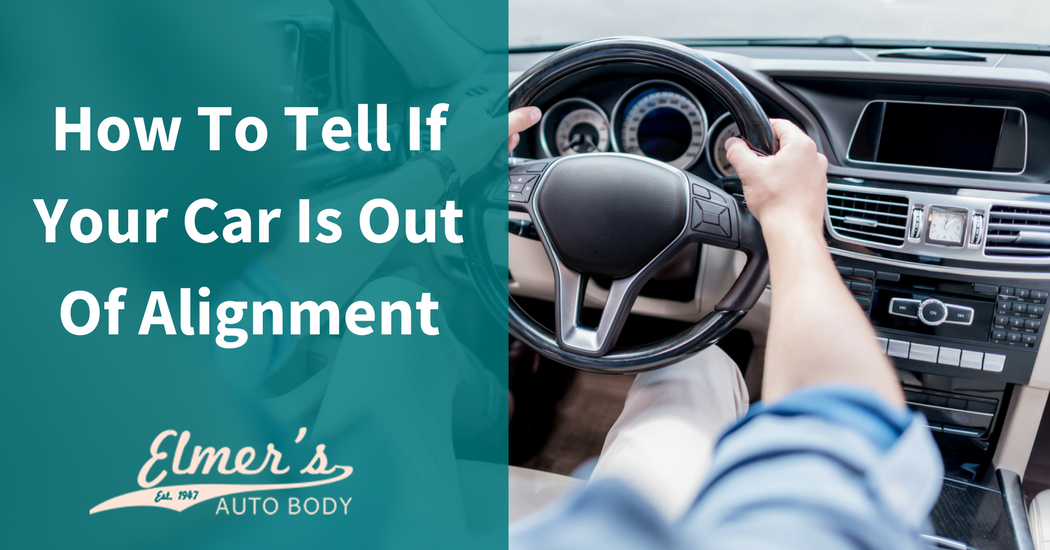Your Vehicle Identification Number, most commonly known as the VIN, tells you a lot about your car. Each car’s VIN is unique, much like a social security number is for a person. Your VIN is actually not just a number. It is a combination of letters and numbers each that have something to do with your vehicle.
Components of Your VIN
Your VIN is not just a bunch of random letters and numbers thrown together like a serial number. Each section of the VIN has a specific meaning. The first three units identify the country in which the vehicle was assembled as well as who manufactured your vehicle. The second six units include information about the make and model. It also includes information about air bags, seat belts, parts used and the class of the car. The eighth digit normally represents the type of engine. The last eight units are what makes your car unique as it is different on every vehicle.
Importance of your VIN
Your VIN is one of the most important numbers on your vehicle. If there are safety recalls on your car, your VIN can identify if your car should be included. It can also help first responders gain some information about your car if you are involved in an accident and unable to communicate. If you are considering buying a used car, the VIN can be used to get a report on the car which would include accidents, service and other information. If your car is stolen, the VIN will be used to identify it should it be discovered as it is not unusual for thieves to remove license plates.
Where to Find the VIN
There are many different places to locate your VIN. Off your vehicle, you can check places like the title, registration card and insurance documents. Many body shops will include the VIN on repair records as well. You may find it in your owner’s manual and, if your car was ever in an accident or stolen, it will be on the police report. On the vehicle, the VIN is placed in several different locations. One of the reasons it is located throughout the car is to deter thieves from trying to remove the VIN in order to hide the fact it was stolen. Common places on the car to find the VIN include:
- Inside of the driver’s side doorjamb near the side-view mirror
- Lower-left corner of the dashboard in front of the steering wheel
- On the front of the engine block
- On the front end of the car frame near the windshield washer fluid container
- On the inside of the driver’s side door near where the door latches
- Rear wheel well directly above the tire
- Underneath the spare tire
Once you have located your VIN, it is recommended that you record and store it somewhere away from your car. This will help if your car is ever stolen, you need to sell your car or you plan to register your car in a new state after moving. If you have more questions about the VIN, contact us today by phone or fill out the easy form online.






